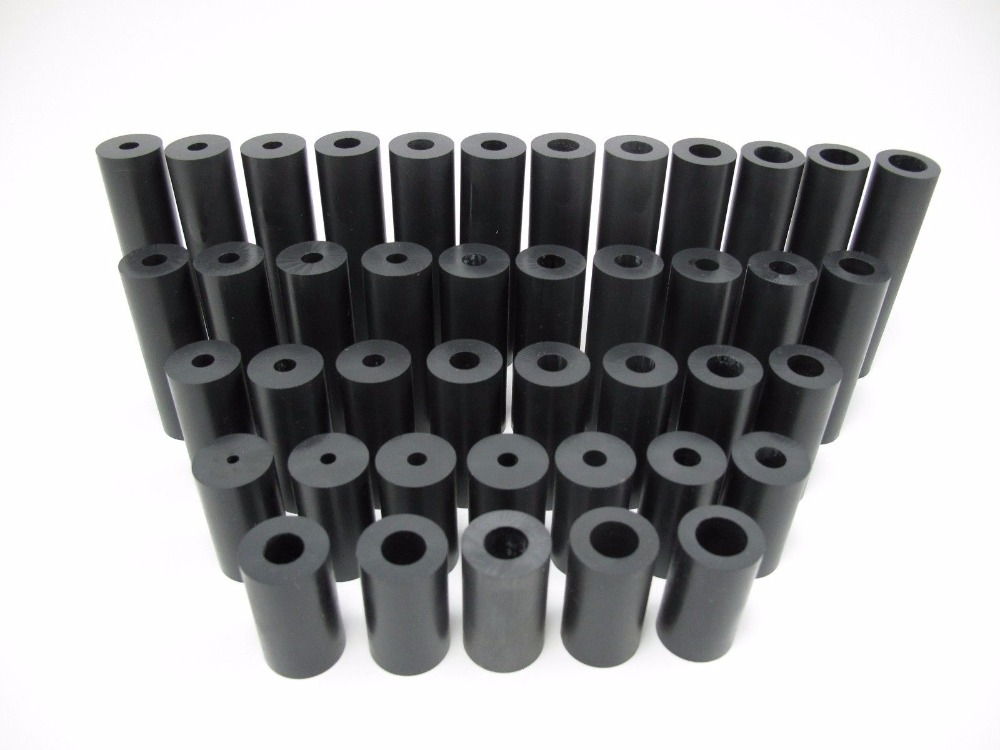Properties and uses of boron carbide ceramics
A notable feature of boron carbide ceramics is that it is very hard, its microhardness is about 50000MPa (ie 50GPa), second only to diamond (90~100GPa) and CBN (80~90GPa), and its grinding efficiency can reach 60% of diamond ~ 70%, which is 1 times that of SiC and 1~2 times that of corundum grinding ability. It has good acid and alkali resistance and small thermal expansion coefficient (4.5x 10℃), so it has good thermal stability and can absorb heat. Neutron, but poor impact resistance and high brittleness.
Boron carbide is resistant to air corrosion at 1000°C, but it is easily oxidized in an oxidizing atmosphere at higher temperatures. Boron carbide has high resistance to acid and alkali, and is not wetted by most molten metals, and has relatively high stability in contact with these substances.
Boron carbide powder can be directly used to grind precious stones, bearings, etc. Using the characteristics of high hardness of boron carbide ceramics, it can be used as abrasives, cutting tools, wear-resistant parts nozzles, bearings, axles, etc. Taking advantage of its good thermal conductivity, low thermal expansion coefficient and ability to absorb thermal neutrons, it can be used to manufacture high-temperature heat exchangers and control agents for nuclear reactors. Taking advantage of its good acid and alkali resistance, it can be used to make chemical utensils, molten metal crucibles, etc.

